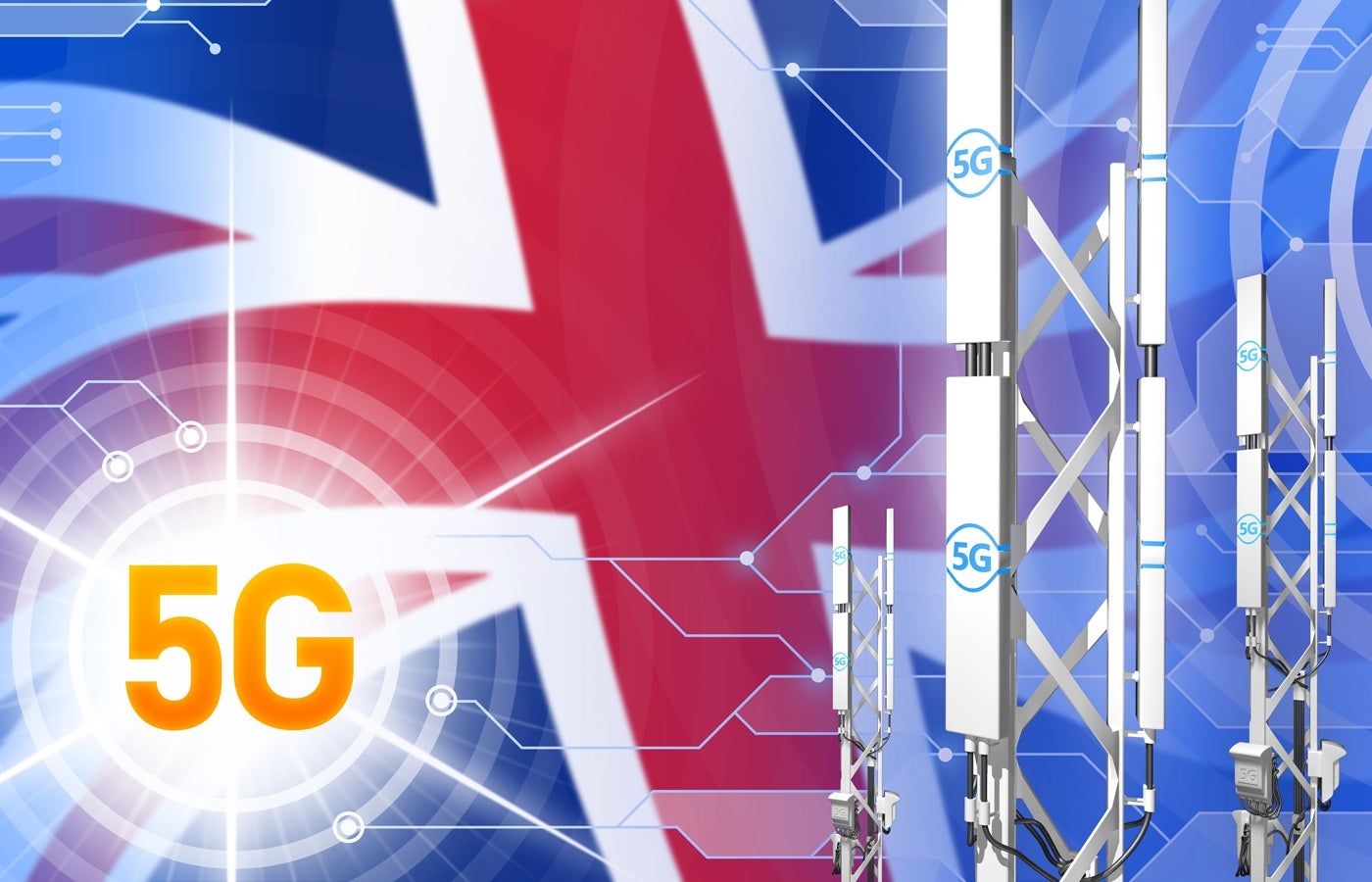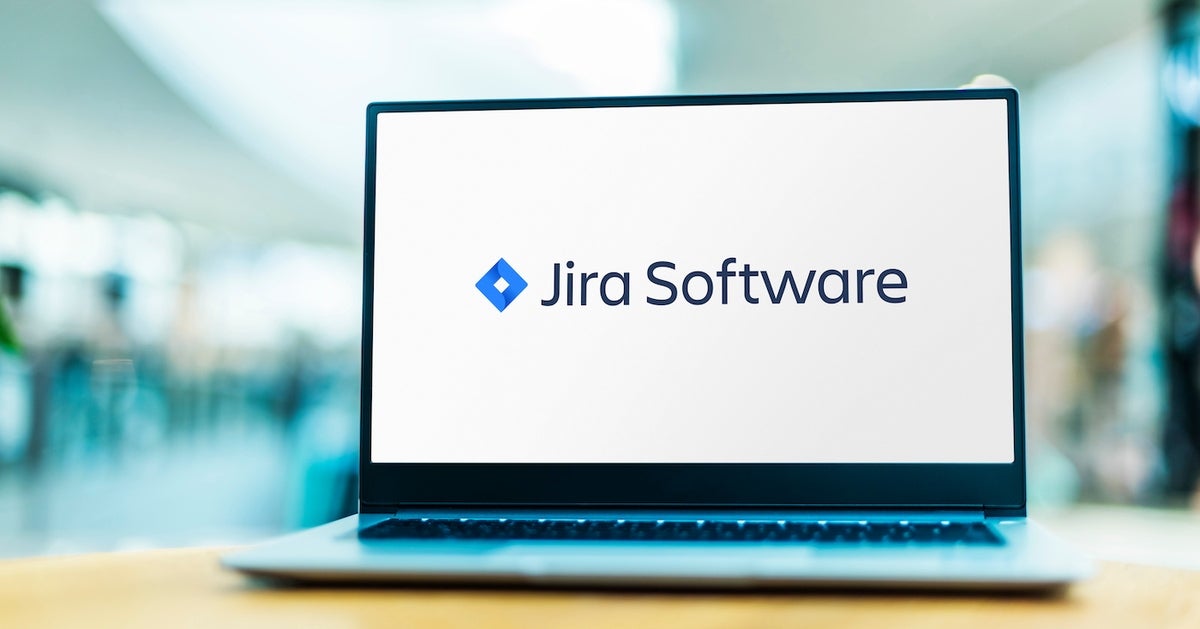As many UK businesses prioritise digitalisation, a good network connection is becoming a key driver of the country’s economy. That’s why the UK government has invested £40m in expanding 5G coverage to all populated areas of the country by 2030.
A reliable network connection is undoubtedly the most important thing for small and medium-sized businesses. With tighter margins for SMEs, every minute of downtime translates into a significant loss of revenue, which can jeopardize their profitability.
SMEs make up 99.9% of the UK private sector, with over 5.6 million of them in operation, and have been under pressure from rising interest rates, energy costs and wages in the wake of the pandemic and energy crisis. Research from PayPal published in May 2024 found that 64% of SMEs have not expanded in the past three years.
A faster, more stable and more secure 5G connection could offer SMEs a lifeline, for example by allowing them to use IoT technologies that improve productivity and reduce waste. It could also improve communications between remote employees and increase the reliability of payment systems, ultimately representing an opportunity to expand.
TechRepublic spoke to UK telecoms experts to find out how SMBs can continue to thrive during the transition from 3G shutdown to 5G deployment and ensure they make the most of their new connectivity.
How can UK SMEs prepare for 5G?
Create a technology roadmap
Claire Harris, director of small, medium and large businesses at Vodafone UK, said creating a “technology roadmap” can help SMEs make the most of 5G technology when coverage is rolled out to their area.
She told TechRepublic: “Spend some time working with a digital partner to determine how 5G technology could help overcome some of your business challenges, such as communicating better with customers. Review your current business operations and how they may need to adapt to enable 5G technology.
“It’s worth having a clear plan for the year with specific milestones for the technology you want to upgrade to be 5G-ready to help meet your digital ambitions.”
Make sure your infrastructure is 5G-ready
Chris Sims, managing director of small and medium-sized businesses at BT Group, added that part of this plan should include checking that existing infrastructure is 5G-ready. He told TechRepublic in an email: “5G is up to ten times faster than 4G, but it might not be compatible with older devices, so it's important to ensure that your business-critical infrastructure, such as mobile phones or tablets, is '5G-ready.'”
“If you have already invested in 5G-capable devices, but your business is located in an area that does not yet have 5G coverage, don’t worry: your devices will continue to work with 4G and will automatically switch to the new system once coverage is expanded.”
Check out how 5G impacts customers
It is important to remember that customers will also be impacted by the rollout of 5G technology. Customers will want to make the most of connectivity when they have access to it, so they will need their digital devices to be 5G-ready.
Sam Jackman, chief development officer at mobile connectivity operator Shared Access, told TechRepublic in an email: “If an SMB sells products that require connectivity, legacy products may need to be replaced or upgraded to be able to connect to 5G services rather than legacy 3G or Wi-Fi.”
If an SME is considering changing its service offering to be 5G-based, the customer should be informed in advance. “It is imperative that they are clear about whether there will be any cost changes based on the new 5G services so that they can communicate this information before their customers receive a higher bill,” Jackman said.
Review contracts with network operators and other services
“While all mobile network operators can say they offer 5G, some may have faster or better coverage than others,” Jackman told TechRepublic.
Harris added: “It’s important to make sure your mobile data plan covers all the usage you’ll need.”
If 5G has not yet been rolled out to SMEs, they may consider switching to the operator that will do so more quickly or offer them better 4G coverage in the meantime. Jackman added: “It is highly likely that existing contracts can be changed to rely on other services provided by the same mobile network operator.
“Services like RootMetrics publish data on which mobile carriers have the best speeds and coverage areas across the country.”
Additionally, Jackman said it's important to consider whether any of the services used by SMEs, such as phone or payment systems, aren't 5G-ready. He told TechRepublic: “Ensure that all service contracts used by SMEs include 5G provision, otherwise SMEs won't be eligible to receive the benefits of 5G services.”
Consider a private 5G network
If the local area is unlikely to be served by 5G for a long time or 5G connectivity is insufficient, SMEs could consider setting up a private 5G network.
“[A private 5G network]involves a local area agreeing with regulator Ofcom to deploy a dedicated, localised part of a spectrum band for specific use cases,” Jackman told TechRepublic. “This would remove the threat of zero-coverage and zero-capacity scenarios.”
SEE: Ericsson helps Nestlé deploy the first private 5G network in Latin America
Richard Foggie, knowledge transfer manager for digital economy and the Internet of Things at Innovate UK Business Connect, said private 5G networks are typically installed in “state-owned” locations such as ports, logistics centres, stadiums, transport hubs and campuses where they would serve many different use cases.
He told TechRepublic: “Standalone 5G technology enables you to use all the features of 5G networks, such as slicing or multi-access edge computing, to tailor your data architecture to your operations. Check to see if there is an ‘anchor tenant’ in your park or business area, or think about becoming one.”
When will 5G be rolled out nationwide?
In April 2023, the government revealed its goal to extend 5G coverage to all populated areas of the UK by 2030 with an investment of £40m. Vodafone contributed to this goal by committing to providing 5G to 95% of the population by 2030 to “close the digital divide” between urban and rural areas.
SEE: 4G technology is “unlikely” to be rolled out to 95% of the UK by the end of 2025
The first commercial 5G networks went live in London, Edinburgh, Belfast, Cardiff, Birmingham and Manchester in 2019. Since then, more “non-standalone” networks have been built across the country leveraging legacy 4G equipment. So far, only Vodafone and Virgin Media O2 have rolled out faster, more secure “standalone” 5G infrastructure in the UK.
Ofcom estimates that by 2023, between 85% and 93% of UK premises have 5G available outdoors from at least one operator.
Why is 5G important for SMEs?
2G and 3G networks are shutting down
5G availability should be a priority for SMBs for several reasons, including the fact that alternative 3G and 2G networks are being decommissioned.
All major operators have confirmed to the government that they will phase out 3G technology by 2033. Vodafone and BT (EE) have already done so, while Three and O2 plan to do so by the end of this year and 2025 respectively. The 3G shutdown is intended to free up radio spectrum bands so they can be reused for faster and more reliable 4G and 5G networks. These services are also more energy efficient, which will help reduce operating costs and energy consumption.
This puts further pressure on national 5G and 4G rollouts as businesses still relying on these signals could be left without connectivity. Data from telecoms regulator Ofcom shows that at the end of 2023, there were still around 2.4 million devices relying on 2G or 3G networks, although 3G only accounts for 3% of network data traffic.
5G will mean productivity savings
A Vodafone study found that UK SMEs are losing up to £8.6bn a year in productivity savings due to the government’s slow rollout of standalone 5G technology. This is because a lack of “digital connectivity and competitiveness” that reliable 5G would bring is preventing them from scaling up their operations.
5G technology will improve business productivity in a number of ways, including:
- Real-time data monitoring with IoT devices and sensors optimized for 5G networks. These devices enable predictive maintenance, which can prevent downtime, increase efficiency by providing visibility into production schedules, and reduce wasted time and materials.
- Faster communications for remote workers. 5G can be a reliable alternative to broadband for a disparate workforce communicating via email, instant messaging and video calls, reducing interruptions.
- Reliable payment systems and other services that require constant connection. 5G offers an alternative and robust mode of connection, reducing revenue losses resulting from downtime.
Rural and remote businesses desperately need connectivity
A Vodafone study published in November 2023 found that 46% of deprived rural areas have no 5G coverage, while that figure is 2.7% for deprived urban areas. Furthermore, a report by the Federation of Small Businesses shows that 47% of small businesses in rural areas experience unreliable data connectivity. Remote SMEs can therefore significantly benefit from a 5G network.
The expansion of 5G technology to rural areas could mean more businesses can take advantage of IoT devices for agricultural work, such as soil, weather and equipment monitors. According to Vodafone, the average agricultural worker could save the equivalent of more than three weeks of their time by using 5G technologies, and the sector as a whole could save £112m a year thanks to increased productivity.












